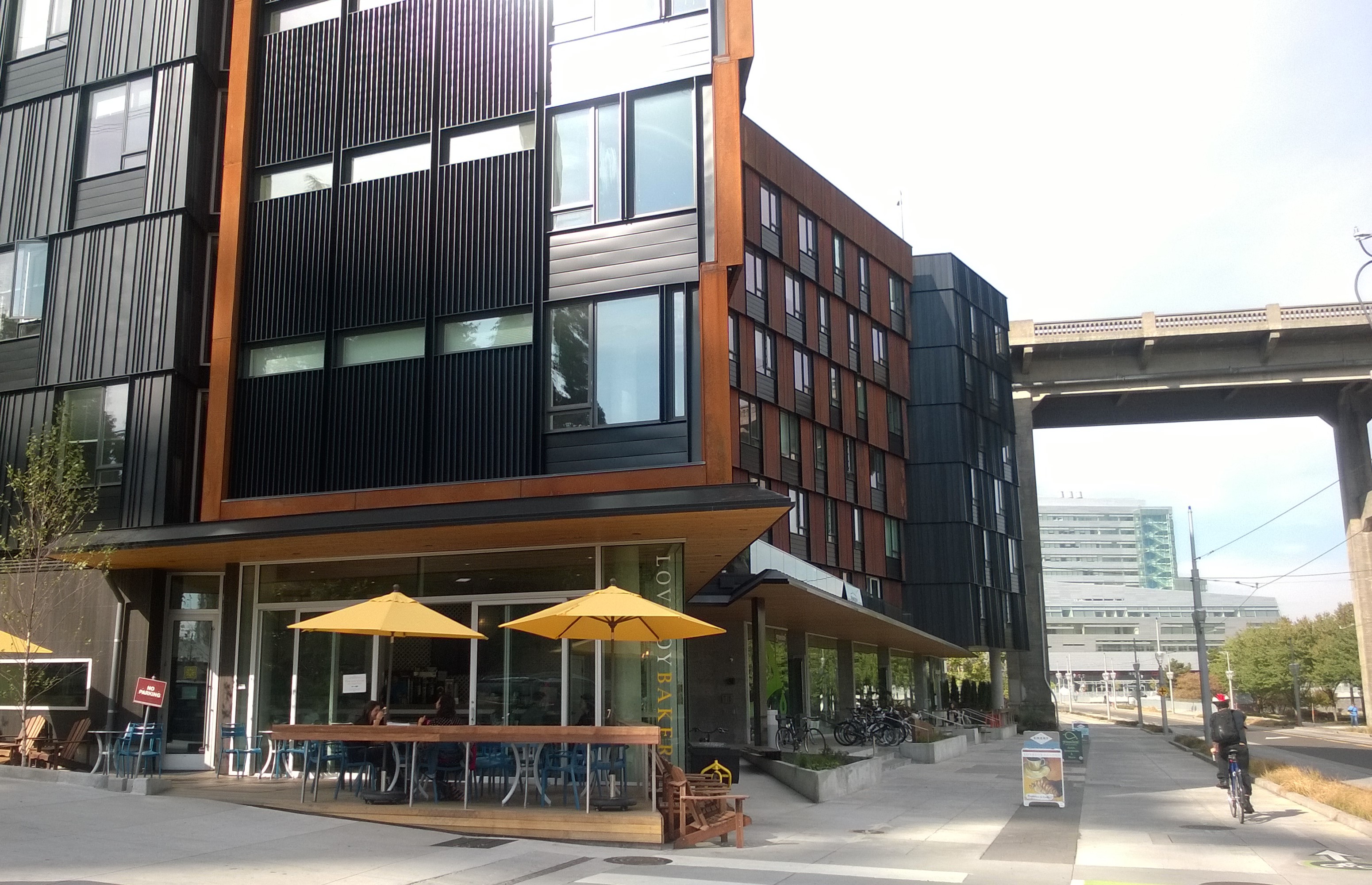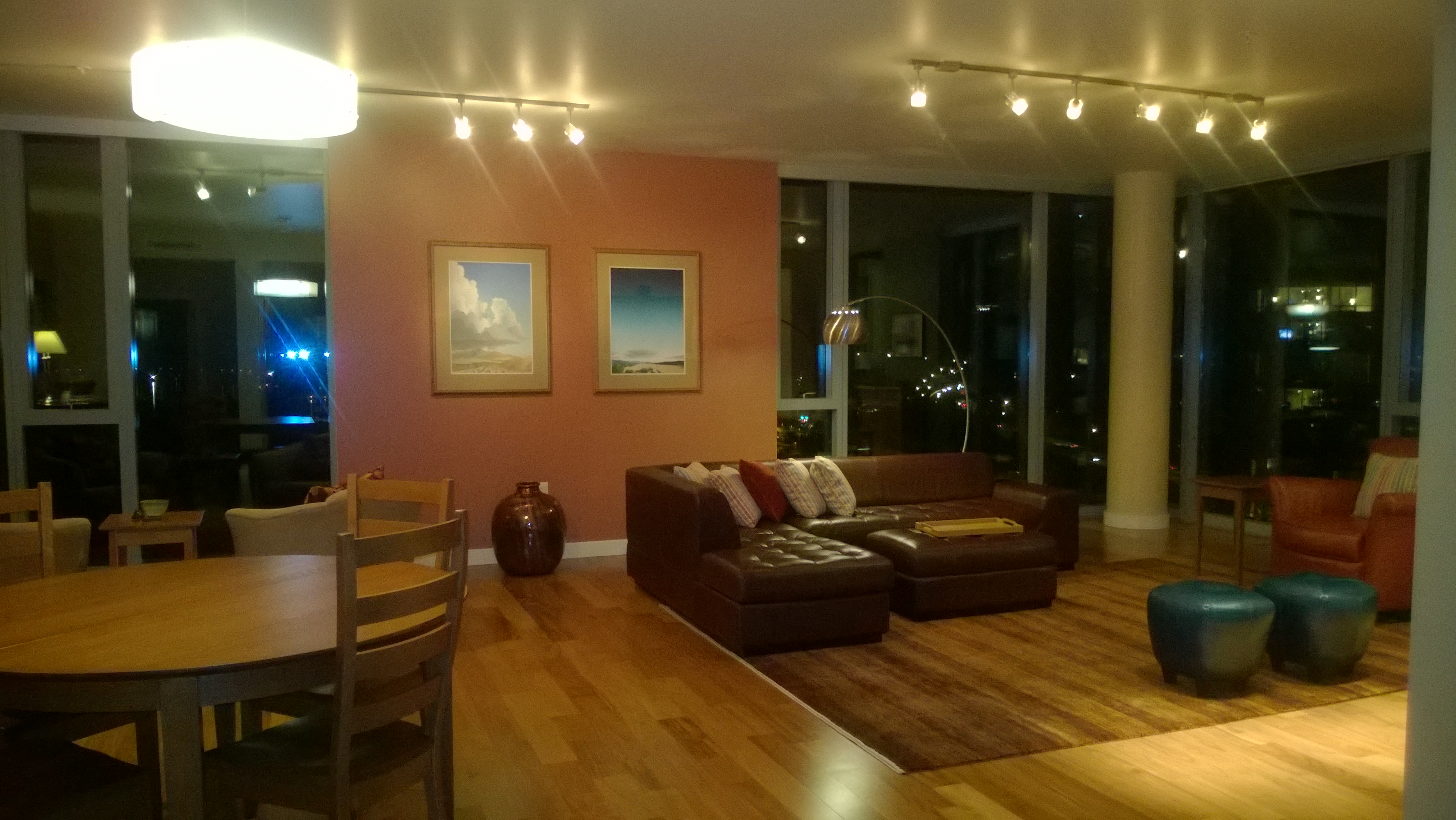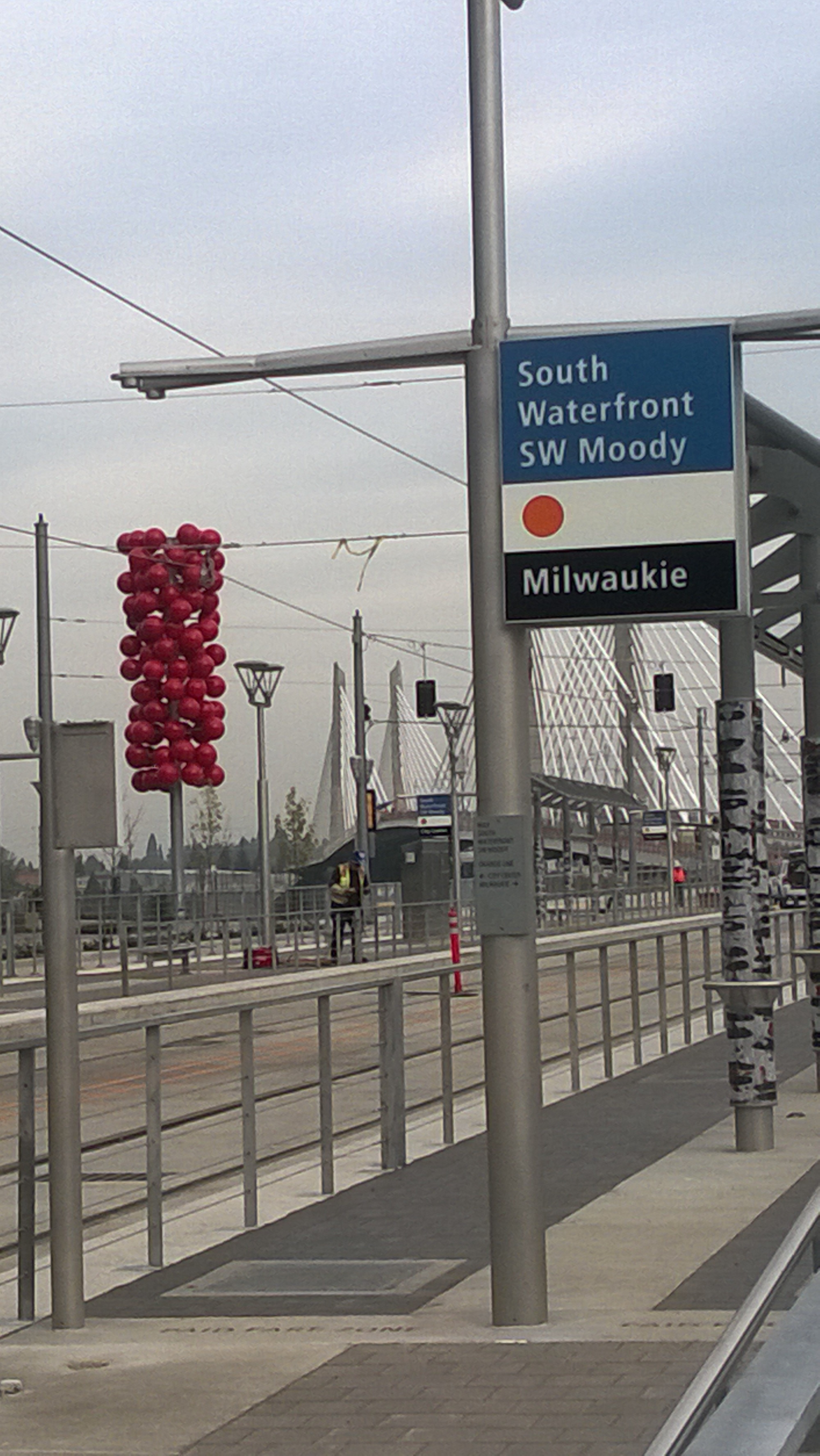AARP Hearing Center

It’s a fact: as we get older our needs change. Sometimes the very things that made a house a home in our youth become daily hurdles as we age. AARP Livable Oregon recently talked with Nancy Tanner about her move with her husband to a community more suited for their changing needs.
Tell us about yourself. I retired in 2008 after teaching middle school in Corvallis for 28 years. Ray, my husband, is also retired from teaching at OSU and prior to that working at Hewlett Packard. Our son and his family live in McMinnville. I am one of those people who worried about retiring because I feared I would have nothing to do. That fear quickly subsided the day I turned in my school keys and discovered a whole new world! I have a variety of volunteer jobs and we have traveled throughout the world and walked many miles.
You recently moved from Corvallis to Portland. Why did you decide to move at this time in life?

Ray and I had always talked about moving to Portland when we retired because we enjoyed the amenities of a bigger city. Since Ray sees doctors at Oregon Health Sciences University (OHSU) for his health issues, we would walk around the South Waterfront area between appointments and became intrigued with the idea of living in a high rise condo building. One day we took the leap, called a realtor and took a look around. We ended up buying a studio condo in the South Waterfront and started coming to Portland for long weekends. After a few months of coming up for short stays, we realized that we loved Corvallis, but we were loving life in Portland more. We put our Corvallis house up for sale and purchased a larger condo.


It sounds like you're using types of transportation that weren't available in your previous neighborhood. Was the transition to using mass transit difficult? We have used mass transit in places we have traveled and always found it to be a fun challenge. Learning to use mass transit in Portland was easy for us. In Portland there is always someone willing to help you out if you are unsure of what to do. Also, we found apps for our phones to keep us informed of schedules and delays. We buy yearly streetcar passes so it is easy to just get on and go. Our car sometimes sits in the parking garage for up to a week.

Portland has set an objective for 2030 calling for "20 minute neighborhoods" for 90% of its residents. These are neighborhoods where one walk or bike to meet all their daily basic non-work needs. Do you feel that has been accomplished in your new neighborhood? The South Waterfront is not quite there yet. There is no large grocery store in our neighborhood. The closest one is Safeway downtown which is on the streetcar line, but carrying a week's groceries on the streetcar isn't that easy so we usually use our car for grocery shopping. We are looking forward to the opening of the Tillicum Crossing Transit bridge in September, 2015, because we will have even better access to other neighborhoods with closer MAX service and additional streetcar service.
What features in your new home make it more age friendly than your home in Corvallis? 

What are your tips and suggestions for others looking to move to a new place? Try it out first. Even if you can’t live temporarily in the area you are thinking about moving to, take the time to walk around, talk to people, and check out what the neighborhood has to offer. Don’t be afraid to try something new and different.
You travel, enjoy the cultural aspects of Portland, have made new friends and stay active. Why it is important is it for you to also be involved as a volunteer? I see volunteering as a way to be give back to my community as well as a way to be engaged. It gives me opportunities to support what I value such as education, equality and the environment. Volunteering also is a way of learning about other people and making new friends .
--------------------------------------------------------------------------------------------------------------------------------------------------------
Welcome to Livable Oregon. 
What makes a community livable? What do neighborhoods need to help people of all ages live active, engaged lives? Livable Oregon explores the features of age-friendly communities, the people who help create them, and what we can do to make our neighborhoods in Oregon a great place for everyone.
This blog takes its lead from the AARP Livable Communities Initiative which seeks to improve the quality of life for older adults by promoting the development of safe, accessible, and vibrant environments. AARP Livable Communities policies address issues such as land use, housing, and transportation which are vital to developing communities that facilitate aging in place.
Elaine Friesen-Strang is the lead blogger and co-curator for Livable Oregon.
About our lead blogger:
My name is Elaine Friesen-Strang. I understand the need for lifelong, livable communities as a mother who raised two children, a daughter who helped care for her father, a professional guardian who served adults with intellectual/developmental disabilities, and a woman who is experiencing the mixed blessings of aging. Volunteering for AARP and other advocacy organizations empowers me to help make my neighborhood and a more livable, sustainable place for everyone.
- See more at: https://states.aarp.org/steppin-out-livable-oregon/#sthash.2Pzeftta.dpuf
What makes a community livable? What do neighborhoods need to help people of all ages live active, engaged lives? Livable Oregon explores the features of age-friendly communities, the people who help create them, and what we can do to make our neighborhoods in Oregon a great place for everyone.
This blog takes its lead from the AARP Livable Communities Initiative which seeks to improve the quality of life for older adults by promoting the development of safe, accessible, and vibrant environments. AARP Livable Communities policies address issues such as land use, housing, and transportation which are vital to developing communities that facilitate aging in place.
- See more at: https://states.aarp.org/steppin-out-livable-oregon/#sthash.2Pzeftta.dpuf































































